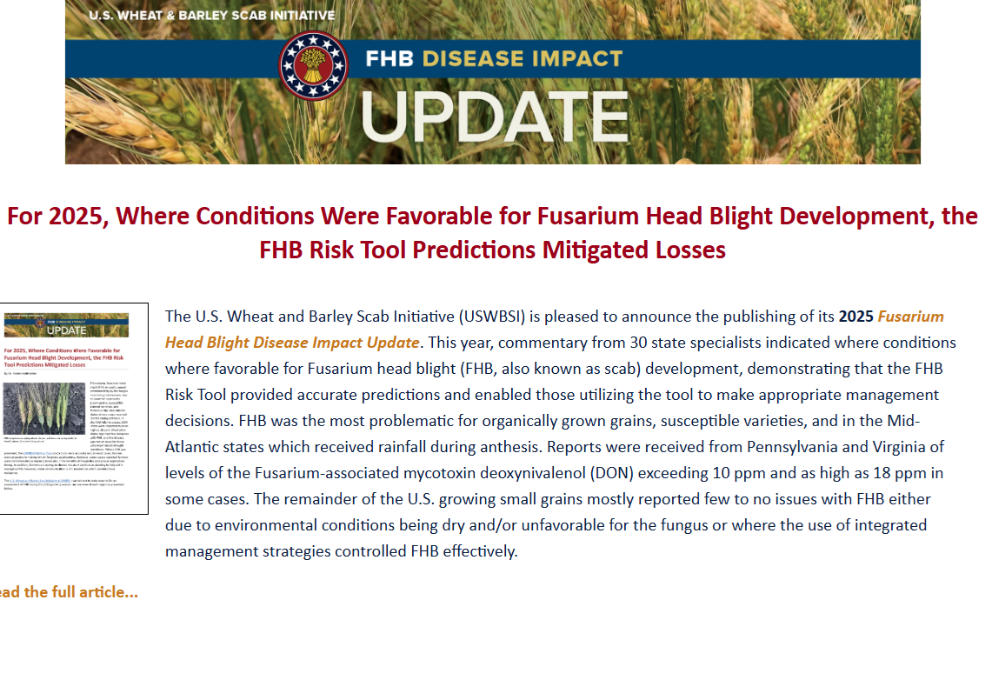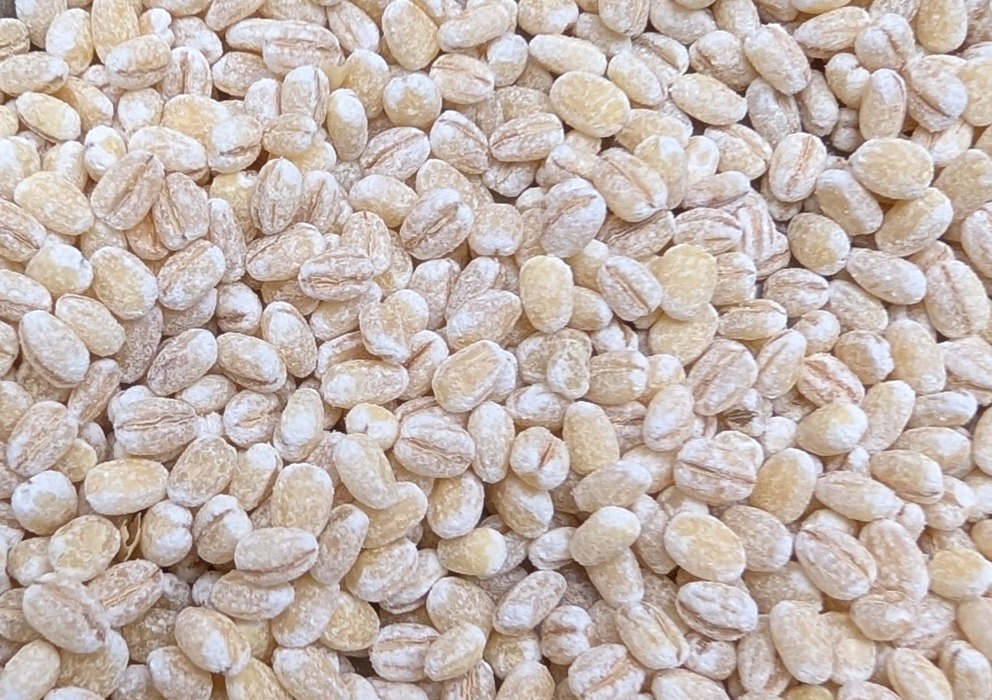
Strategies for reducing ethyl carbamate in whiskey production through barley selection
by Dr. Harmonie Bettenhausen, PhD., Faculty Lecturer at the James B. Beam Institute for Kentucky Spirits at the University of Kentucky and the consulting Director of the Hartwick College Center for Craft Food & Beverage In whiskey, small molecules play a critical role in the overall flavor profile. Manipulation of malting, mashing, fermentation, distillation, and maturation all impact the relative concentration of these congeners lending the unique brand flavor to a distiller’s offerings. Similarly, throughout the process, glycosidic nitrile (GN) present in barley is converted via a multi-step pathway into a compound called ethyl carbamate (EC). First identified in whiskey in 1985, EC in fermented and distilled beverages is of concern due to its recognition by the International Agency for Research on Cancer (IARC) as a Group 2B “possibly carcinogenic” compound. GN is a broad term for a range of hydroxynitrile glucosides present in all plants and protects against insects and diseases. Barley has five such glucosides, produced via pathways encoded by a cluster of genes. In most barley varieties, all genes are active, resulting in high GN malt. Some varieties lack a large DNA segment, leading to no GN production (GN0). Low GN malts come from barley with intact gene clusters but modulated gene expression, influenced by factors like environmental conditions. Since these conditions can vary annually and are increasingly unstable due to climate change, GN levels in low producers can fluctuate. To dig deeper into GN, EC, and why it matters, tune into this AMBA hosted webinar where I break down the science of these interactions. In the UK, European Union, and Canada (among other countries), EC is regulated with a hard- upper limit of 150 ppb (parts-per-billion), whereas the limit in the U.S. is regulated as a voluntary limit of 125 ppb. The ambiguous nature of voluntary regulation has left this as a low priority for many small distillers. This is coupled by few current domestic options for malt produced with GN0 barley varieties. While trace EC will be produced in fermentation, and can be found in most fermented beverages, ethanol and copper are major catalysts for its formation resulting in an increase of nearly an order of magnitude. Distillers aiming to reduce EC should consider whether to use low GN or GN0 malt. Although low GN barley might work under ideal conditions, there's always a risk of EC. We recommend using GN0 for two main reasons: environmental factors can affect the "lowness," and malting protocols can influence GN levels. These factors are beyond most distillers' control. Additionally, more GN0 barley varieties are now available in North America. This intentional effort was spurred by the addition of GN0 guidance in the breeding guidelines put forth by the American Malting Barley Association (AMBA), which encourages development of new GN0 barley lines. AMBA approved varieties that are GN0 include LCS Odyssey and LCS Genie. There are several other varieties that you may encounter that are also GN0 but have not found their way on the AMBA approved list. Spring varieties include Laureate (Syngenta), LCS Opera, LCS Diablo, Oregon Promise (Oregon State), Full Pint (Oregon State), and Butta 12 (UC Davis). Top Shelf and Flex are two additional varieties from the Oregon State breeding program that are GN0, but are a winter type and facultative type, respectively. Finally, AMBA is actively testing new lines progressing through their Quality Evaluation Program for the GN trait and the barley community can expect new releases from other breeding programs in the future.






.png)


